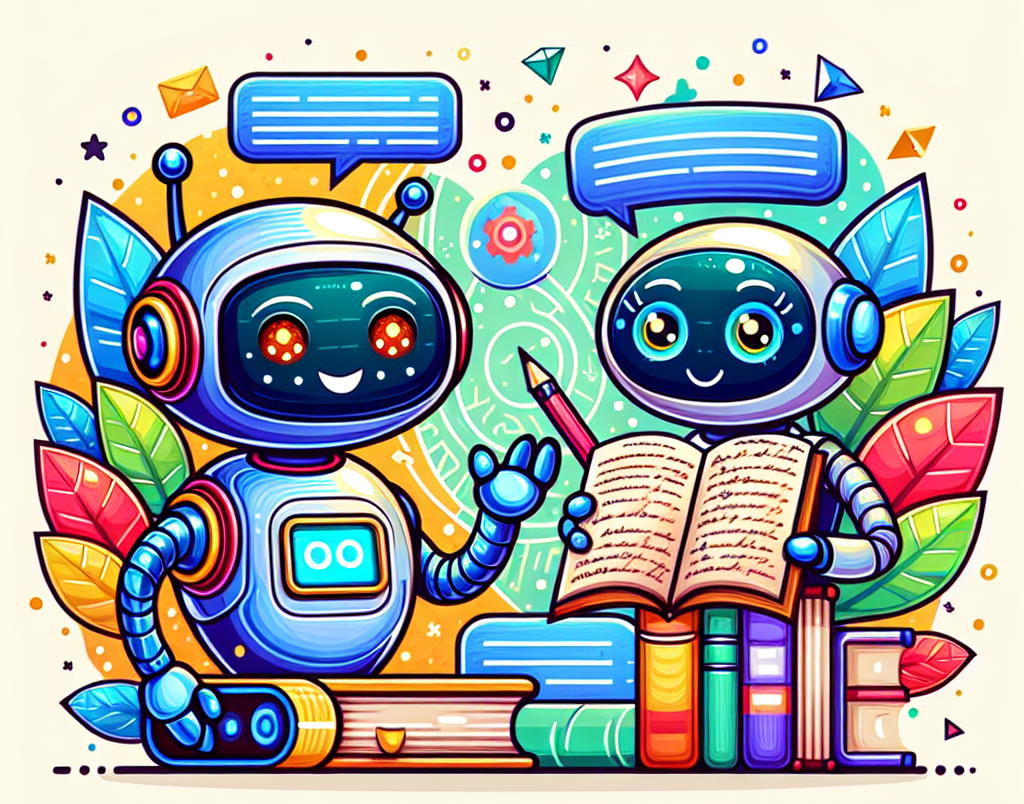AI Chatbot or AI Writer? Exploring Their Unique Capabilities

In the rapidly evolving landscape of artificial intelligence, AI chatbots and AI writers have emerged as powerful tools, each with distinct capabilities tailored to different needs. As businesses and individuals increasingly integrate these technologies into their daily operations, it’s crucial to understand the unique strengths and applications of AI chatbots and AI writers. Let's explore their individual functionalities and provide insight into how they can be leveraged effectively.
Understanding AI Chatbots
AI chatbots are designed to simulate human conversation and provide real-time responses to user queries. They utilize natural language processing (NLP) and machine learning algorithms to understand and respond to text or voice inputs. Here are some of their key features:
- Customer Service: AI chatbots are widely used in customer service to handle inquiries, provide information, and resolve issues. They can operate 24/7, offering immediate assistance and reducing the need for human intervention.
- Personal Assistants: Personal assistant chatbots, such as Siri and Alexa, help users with tasks like setting reminders, playing music, and answering questions.
- Engagement: Businesses use chatbots to engage with customers on websites and social media platforms, enhancing user experience and driving conversions.
The Power of AI Writers
AI writers, on the other hand, are designed to generate text based on given inputs or prompts. They employ advanced algorithms to produce coherent and contextually relevant content. Some primary applications include:
- Content Creation: AI writers can create blog posts, articles, and marketing copy. They help businesses maintain a consistent content output without the need for a large team of writers.
- Creative Writing: These tools can assist authors in generating story ideas, writing novels, and even composing poetry.
- Personalized Communication: AI writers can draft personalized emails, messages, and reports, saving time and ensuring a professional tone.
Key Differences
While both AI chatbots and AI writers are grounded in advanced machine learning and NLP, they serve different purposes:
- Functionality: Chatbots are interactive and respond to user inputs in real-time, making them ideal for customer service and engagement. AI writers, however, are more suited for generating large volumes of content based on predefined criteria.
- Interactivity: Chatbots are designed for two-way communication, while AI writers typically produce one-way content.
- Application Scope: Chatbots are often used in customer-facing roles, whereas AI writers are used for content creation and internal communication tasks.
Choosing the Right Tool
Deciding whether to use an AI chatbot or an AI writer depends on your specific needs:
- For Real-Time Interaction: If your goal is to provide immediate responses and engage with users dynamically, an AI chatbot is the right choice.
- For Content Generation: If you need to produce high-quality written content efficiently, an AI writer will be more beneficial.
Conclusion
As AI technology continues to advance, both AI chatbots and AI writers will become even more sophisticated, offering enhanced capabilities and opening up new possibilities for their use. Understanding the unique strengths of each tool will allow you to harness your power effectively, whether for customer service, content creation, or personal assistance. By choosing the right AI tool for your specific needs, you can streamline operations, improve user experience, and stay ahead in the fast-paced digital world.
